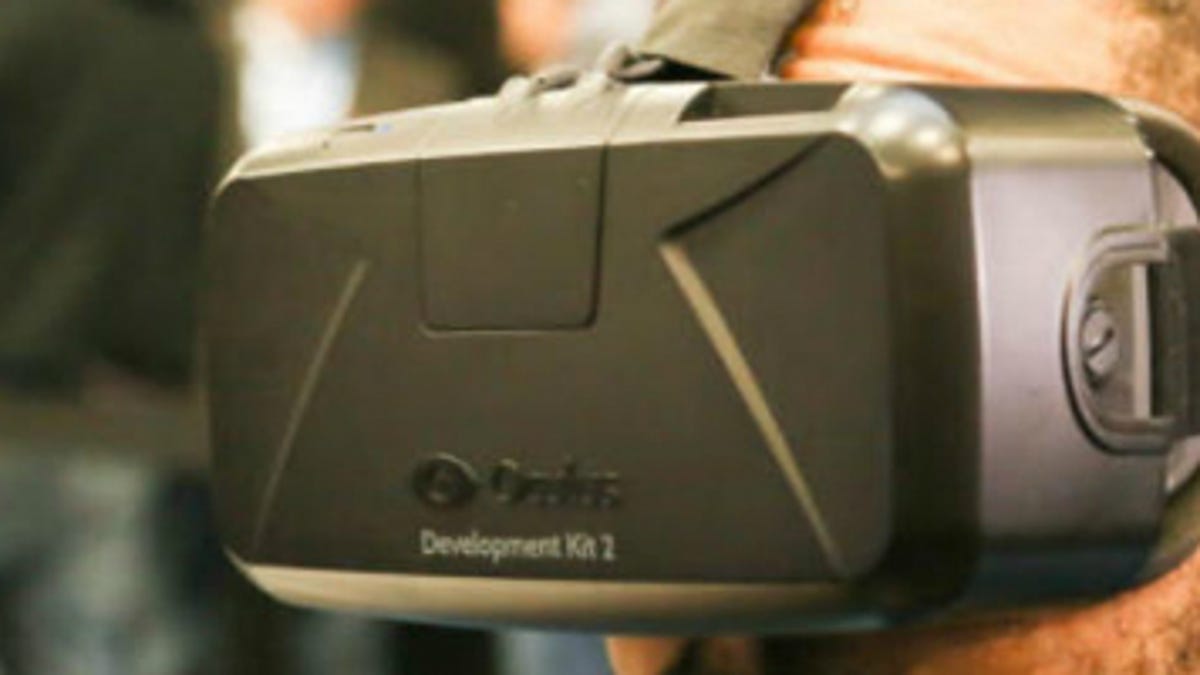What films? Sundance crowd can't wait to try virtual reality
This year's Sundance Film Festival saw an explosion of interest in VR. We chat with some of the festivalgoers strapping on a virtual-reality headset for the very first time.
The place: Park City, Utah. The scene: the Sundance Film Festival. Snow crunches underfoot as film industry figures, filmmakers and filmgoers hurry through the cold to catch the first glimpse of the coolest movies of 2016.
But in the new year, some of the most talked-about Sundance happenings aren't films at all. At the annual festival, which takes place in late January, film fans braved the snow to try virtual reality for the first time.
Interest in VR has exploded in the past year as new and forthcoming devices like the Oculus Rift, HTC Vive, Sony PlayStation VR, Samsung Gear VR and Google Cardboard -- literally a VR visor made of cardboard -- finally make VR something you can actually try and maybe even buy. In Park City, the festival's cutting-edge New Frontier exhibition was dominated by virtual-reality experiences, and crowds thronged the exhibit throughout its opening weekend. I hung out at the New Frontier to meet some of the film fans trying VR for the first time and ask why they're excited about the nascent technology -- or not.
Stephanie, an agent's assistant from Los Angeles, swapped the world of movies for a world trip. She donned a VR headset and watched a video that took her to environments around the globe, including a ski trip. "I'm afraid of heights," she said, "so I was scared by the ski lift." This is an example of how virtual reality can offer a taste of something you wouldn't otherwise try. Stephanie might have been scared to take to the dizzying slopes surrounding Park City that form the picturesque backdrop to Sundance, but in VR she got a taste of the experience without having to lace up a ski boot or face-plant in the snow.
Many filmmakers got their first taste of VR with an eye toward their own potential immersive projects. New York-based Hunter Robert Baker, cinematographer of the forthcoming film "Miles" starring Molly Shannon and Paul Reiser, expressed intrigue at the creative possibilities of VR. "Being immersed is something you want in two-dimensional film," he said, telling me he would consider making a project in VR.
I met Chip, a Park City local visiting the New Frontier exhibition with his family. He certainly saw the entertainment potential of VR, telling me, "I'm a big 3D Imax fan, and this is a big step forward. The immersive nature is so different." Chip wanted to see a virtual-reality flight simulator that put you in a wingsuit with a jetpack.
But his interest in virtual reality was inspired by more than just dreams of flight. "I've been interested in virtual reality for the last 25 years," he told me, "because I'm interested in the possible medical applications for rehabilitation." Chip, a doctor, said he believes VR could be a powerful tool for helping people recovering from stroke and brain injury.
Filmmaker Nanfu Wang brought her powerful documentary "Hooligan Sparrow" to the festival. The film follows the abuse and government harassment aimed at Chinese activist Ye Haiyan as she protested a child abuse scandal in China. Now based in New York, Nanfu Wang visited the New Frontier exhibition to learn more about the possibilities of VR. "I'm interested to learn about the processes," she said.
One area where VR has really taken off is in helping people see through the eyes of those who are facing injustice, whether it's domestic-abuse victims in Nonny de la Peña's "Kiya" or Syrian refugees in the UN-backed "Clouds Over Siddra". The possibilities of educating people by placing them in the shoes of others intrigued activist Shelby Knox, from New York, who was at Sundance to promote cyberbullying documentary "Audrie and Daisy." Having never used VR before, she wanted to explore de la Peña's "Across the Line", an animated piece of "immersive journalism" that puts you outside an abortion clinic, running a gauntlet of abuse and hostility from anti-abortion protestors -- all of which is taken from real-life recordings.
"As an organiser I'm interested in how effective it is and how we can use it in the future," Shelby told me. But she also wanted to explore the limits of throwing people into unpleasant situations in such an immersive and visceral way. "There are ethical questions too," she said. "What are the limits? Are there acceptable uses to put people through?"
Not everybody is excited about virtual-reality, however. Annette, a Sundance volunteer in her 25th year at the festival, refused to even try on a headset. "I get motion sickness," she told me, "so I'm not tempted."


